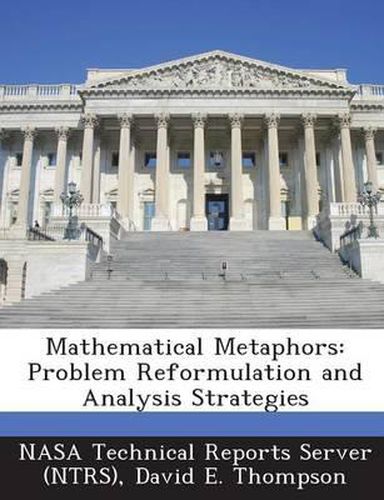Readings Newsletter
Become a Readings Member to make your shopping experience even easier.
Sign in or sign up for free!
You’re not far away from qualifying for FREE standard shipping within Australia
You’ve qualified for FREE standard shipping within Australia
The cart is loading…






This paper addresses the critical need for the development of intelligent or assisting software tools for the scientist who is working in the initial problem formulation and mathematical model representation stage of research. In particular, examples of that representation in fluid dynamics and instability theory are discussed. The creation of a mathematical model that is ready for application of certain solution strategies requires extensive symbolic manipulation of the original mathematical model. These manipulations can be as simple as term reordering or as complicated as discovery of various symmetry groups embodied in the equations, whereby Backlund-type transformations create new determining equations and integrability conditions or create differential Grobner bases that are then solved in place of the original nonlinear PDEs. Several examples are presented of the kinds of problem formulations and transforms that can be frequently encountered in model representation for fluids problems. The capability of intelligently automating these types of transforms, available prior to actual mathematical solution, is advocated. Physical meaning and assumption-understanding can then be propagated through the mathematical transformations, allowing for explicit strategy development.
$9.00 standard shipping within Australia
FREE standard shipping within Australia for orders over $100.00
Express & International shipping calculated at checkout
This paper addresses the critical need for the development of intelligent or assisting software tools for the scientist who is working in the initial problem formulation and mathematical model representation stage of research. In particular, examples of that representation in fluid dynamics and instability theory are discussed. The creation of a mathematical model that is ready for application of certain solution strategies requires extensive symbolic manipulation of the original mathematical model. These manipulations can be as simple as term reordering or as complicated as discovery of various symmetry groups embodied in the equations, whereby Backlund-type transformations create new determining equations and integrability conditions or create differential Grobner bases that are then solved in place of the original nonlinear PDEs. Several examples are presented of the kinds of problem formulations and transforms that can be frequently encountered in model representation for fluids problems. The capability of intelligently automating these types of transforms, available prior to actual mathematical solution, is advocated. Physical meaning and assumption-understanding can then be propagated through the mathematical transformations, allowing for explicit strategy development.